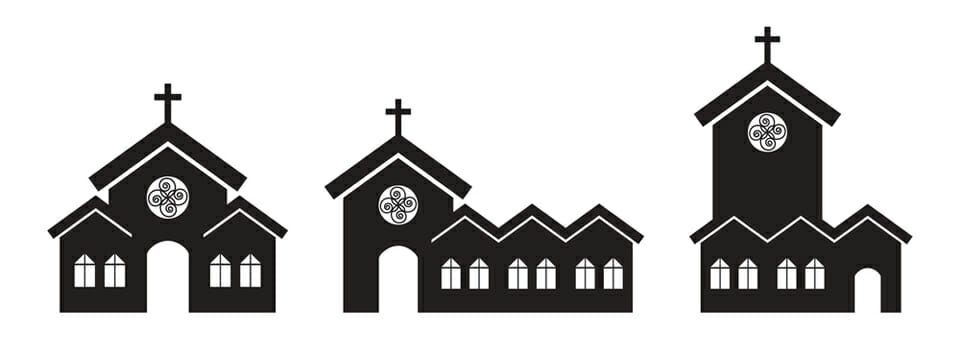When I happened upon a link to documents relating to the nomination of a Bishop to succeed Bishop Lawrence, I found these statistics:
36 Congregations 18 Missions 3 New Plants
114 Active Priests 19 Retired 30 Active Deacons
Wbat you see is a small diocese with roughly three times the number of active priests in comparison to the number of parishes though it must be admitted that the diocese has planted 6 new parishes since 2012 and now currently has 3 new plants in process. Okay, I get this. But the next statistic is the surprise. The Diocese has 13 staff in addition to the Bishop. That is heavy overhead, indeed, for a small number of parishes to support: one staff for every 2.6 congregations. It does not say if these are part-time or full-time staff but in either case it is a heavy load of staff per parish.
Although I have no idea exactly what these staff do or do not do, I wonder if this is not a hold over to another era in which diocesan or district staff directed most everything. I cannot believe that it is sustainable. It is, in many respects, the very issue we face in the LCMS. COVID may have hastened the issue but it has been brewing for a long time. With declining support for District and Synod from congregations, how much can a regional jurisdiction expect and how many staff are necessary in this age of downsizing? How can such a small number of congregations be expected to support such a top heavy organization?
Although we might expect, given the stereotype, that this Diocese tends more toward the upper middle to lower upper class in economic status, this still raises an honest question about why so many and how it is affordable. I think that the LCMS is probably ahead of the game, so to speak, in assessing the number of staff a District requires and can afford. In most of our Districts these numbers have been going down for a long time. Except for a few Districts who have large numbers of parishes (Michigan and Texas, to name but two), the rest of us have seen the writing on the wall. We will be learning to get by with less or to find some other means of support other than the parish offering plate.
While there is no absolute right or wrong here, the primary and core function of the District revolve around two things -- supervision of doctrine and practice of the members of the District (clergy and congregation) and the maintenance of the clergy roster. Apart from these any District can do as much or as little as its congregations and clergy desire -- and are willing to pay for! The days when District offices were large hubs of activity are probably over. Parishes have fewer resources they are willing to share and are harder to convince. The trajectory is moving toward smaller, leaner jurisdictions -- not the other way around, and this is true for national offices as well. At some point we will find out how small we can go and things will come to a grinding halt. But we are not quite at that point.
Some lament this. Indeed, some are convinced this is a mark of doom. I am not so sure. The reason the District got into the game of planting congregations was largely because growth was fast and the congregations struggled to handle this by themselves. Now it will surely move in the other direction. Districts will get out of the game of planning, locating, and supporting mission plants and congregations or groups of congregation will get back into it. That is not a bad thing. The congregations may need some help but they probably know better than most what, where, and how to plant a new congregation near their location. Perhaps the same thing will happen at the national level. Instead of trying to be all things to all people, the national office will have to concentrate on the things that are essential to their level -- foreign missions, publishing, seminaries, among them. I fear the greater danger is trying to do too much rather than focusing on what is essential. At any rate, I doubt you would find that many district staff among so few congregations as the Diocese of South Carolina boasts. I am not sure, however, that it is a boast worth trying to best.

No comments:
Post a Comment